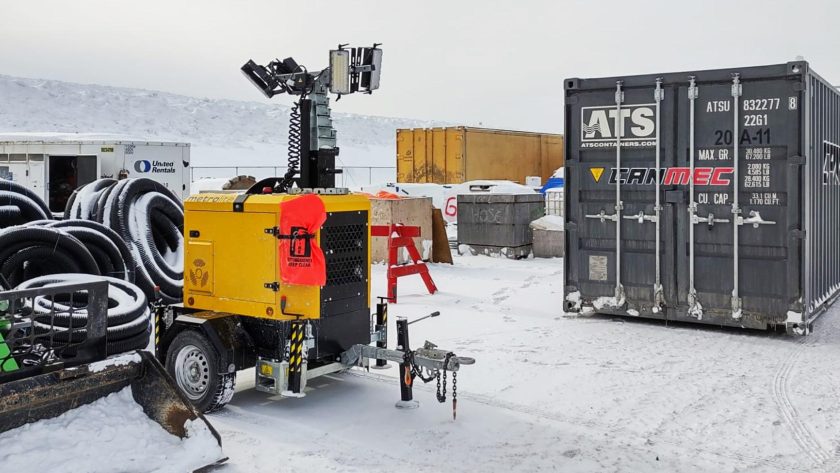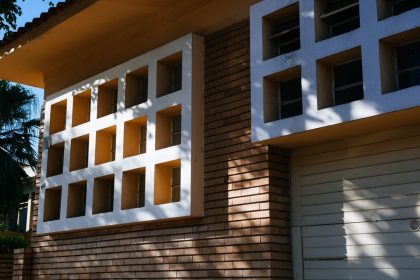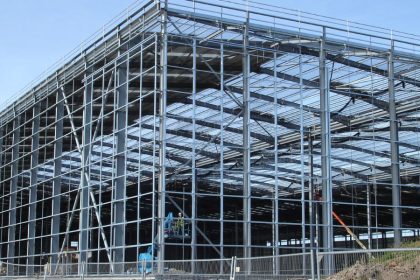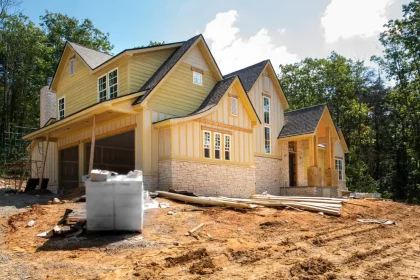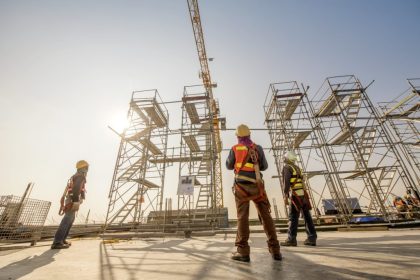In the dynamic and often challenging world of construction, ensuring the safety and efficiency of operations, especially during low-light conditions, is paramount. This is where the significance of a ‘Tower Light for Construction‘ comes into play. These towering beacons of light are not just tools for illumination; they are pivotal in enhancing safety, productivity, and operational continuity in construction sites.
Understanding Tower Lights in Construction
Tower lights, often seen as tall, portable light poles with high-intensity lamps, are designed to provide ample lighting over large areas. They are particularly useful in construction sites where work often extends into the night or in regions with limited natural light during the day.
Why Tower Lights are Indispensable in Construction
- Enhanced Safety: The primary benefit of using tower lights in construction is the significant improvement in site safety. Adequate lighting reduces the risk of accidents and injuries, ensuring workers can see and be seen clearly.
- Increased Productivity: With tower lights, construction activities can continue beyond daylight hours, thus increasing productivity. This is crucial for meeting tight project deadlines.
- Flexibility and Mobility: Modern tower lights are designed for easy transportation and setup. This mobility allows for quick adjustments to lighting as the project progresses and different areas of the site require illumination.
- Energy Efficiency: Many contemporary tower lights are equipped with energy-efficient LED bulbs, which provide brighter light with lower energy consumption, reducing operational costs.
Choosing the Right Tower Light for Your Construction Site
Selecting the appropriate tower light for your construction project is a decision that can significantly impact the efficiency and safety of your operations. Here are key factors to consider:
Light Intensity and Coverage
The primary function of a tower light is to provide sufficient illumination. Assess the lumens (a measure of light output) and the coverage area of the light. A larger construction site or one with numerous obstacles may require tower lights with higher lumens and a broader coverage area.
Type of Bulbs Used
The type of bulb used in the tower light affects both the quality of light and energy consumption. LED bulbs are highly recommended due to their long lifespan, energy efficiency, and excellent brightness. Halogen and metal halide bulbs are alternatives but are less energy-efficient.
Power Source
Tower lights are typically powered by diesel generators, batteries, or solar panels. Diesel-powered lights offer robust performance but can be noisy and emit fumes. Battery-powered lights are quieter and emission-free but may have limited run times. Solar-powered lights are eco-friendly and cost-effective in the long run but depend on sufficient sunlight for charging.
Portability and Setup
Consider how easily the tower light can be moved and set up. If your construction site requires frequent repositioning of lights, opt for models with features like wheels, towable designs, and easy setup mechanisms.
Durability and Weather Resistance
Construction sites can be harsh environments. Choose tower lights built to withstand conditions like strong winds, rain, and dust. Look for features like robust construction materials, waterproofing, and stability in various terrains.
Adjustability and Control
The ability to adjust the height, angle, and intensity of the light can be crucial for specific tasks. Some tower lights come with remote control options, allowing for adjustments to be made without physically accessing the light.
Compliance and Safety Features
Ensure that the tower light complies with industry safety standards. Features like automatic shut-off in case of malfunction, stable base design to prevent tipping, and protective guards around bulbs are important for safety.
Cost and Warranty
Finally, consider the cost of the tower light and the warranty provided. While budget is a key factor, investing in a quality, durable tower light can save money in the long term due to reduced maintenance and replacement costs.
Installation and Maintenance
Proper installation and regular maintenance of tower lights are crucial for their effective operation. This includes ensuring stable setup to withstand weather conditions and regular checks for electrical and structural integrity.
Conclusion
The use of ‘Tower Light for Construction’ is an integral aspect of modern construction sites, offering a blend of safety, efficiency, and flexibility. As construction projects evolve and night-time operations become more common, these lights stand as silent, yet powerful, guardians of progress and safety.

